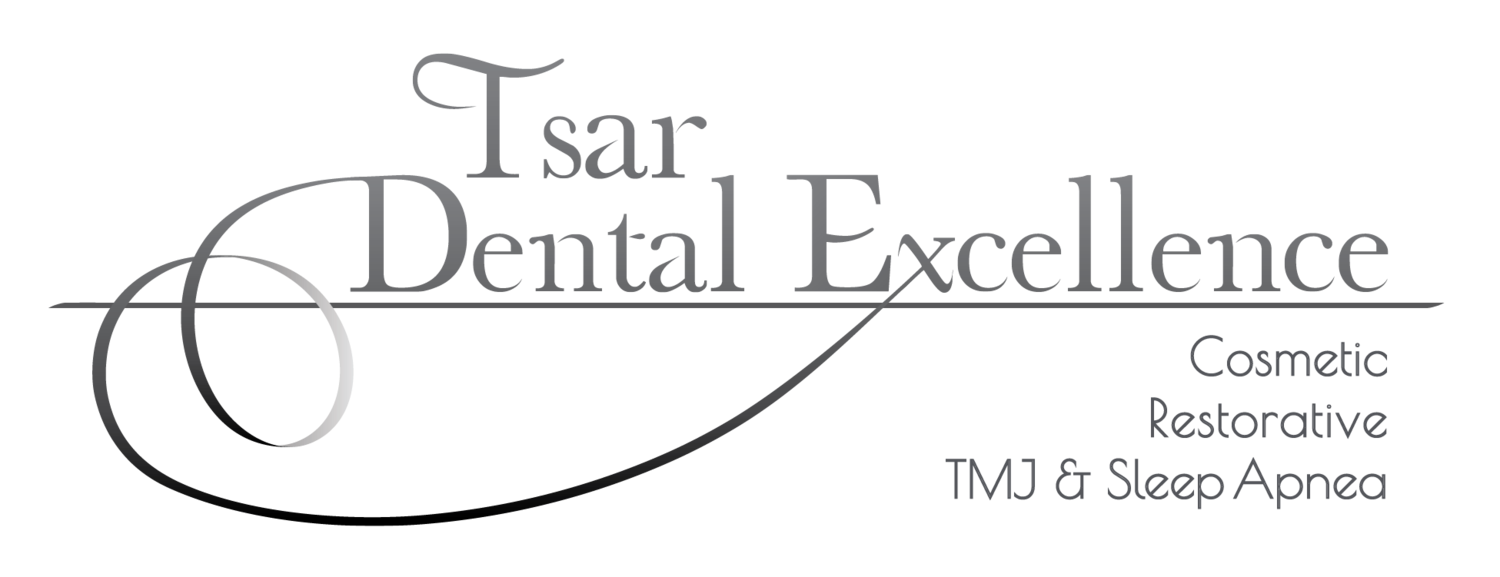DENTAL BONDING
Dental bonding is ideal for small cosmetic dentistry work, such as fixing a broken or chipped tooth or closing small gaps between teeth.
Dental bonding is a cosmetic dentistry procedure in which tooth-colored composite filling material is applied to a tooth, sculpted into shape, hardened, and polished. It’s called bonding because the material bonds to the tooth. Dental bonding is also used as a tooth-colored filling material.
If you have a minor cosmetic dentistry issue — such as a cracked or discolored tooth, a gap between your teeth, or silver fillings that show when you smile — dental bonding may help. Bonding is a relatively inexpensive way to make minor dental repairs, but it also has some drawbacks.
Dental bonding isn’t appropriate in every situation, but it can be a quick and relatively inexpensive way to improve your smile. And feeling good about the appearance of your teeth can help you maintain good dental health.
Because dental bonding does take some artistic skill for optimal cosmetic results, it’s important to choose a dentist experienced with the procedure.
benefits
Cost. Compared to the cost of dental veneers or crowns, dental bonding is relatively inexpensive
Speed. Having a tooth bonded typically requires only one office visit. The entire process can usually be accomplished in 30 to 60 minutes per tooth.
Ease. Anesthesia is usually not necessary unless bonding is being used to fill a decayed tooth. Compared to veneers and crowns, dental bonding also requires the least amount of enamel to be removed.
faq’s
-
Disadvantages of dental bonding include:
Bonding material can become stained. Unlike crowns and porcelain veneers, dental bonding has a tendency to become discolored over time making it stand out from the rest of your teeth.
Less durable. Additionally, the material used in dental bonding isn’t as strong and long-lasting as porcelain veneers and crowns. However, with proper care, dental bonding can last three to seven years
Limited uses. In contrast to veneers and bleaching, however, dental bonding can’t be used to whiten your entire smile.



